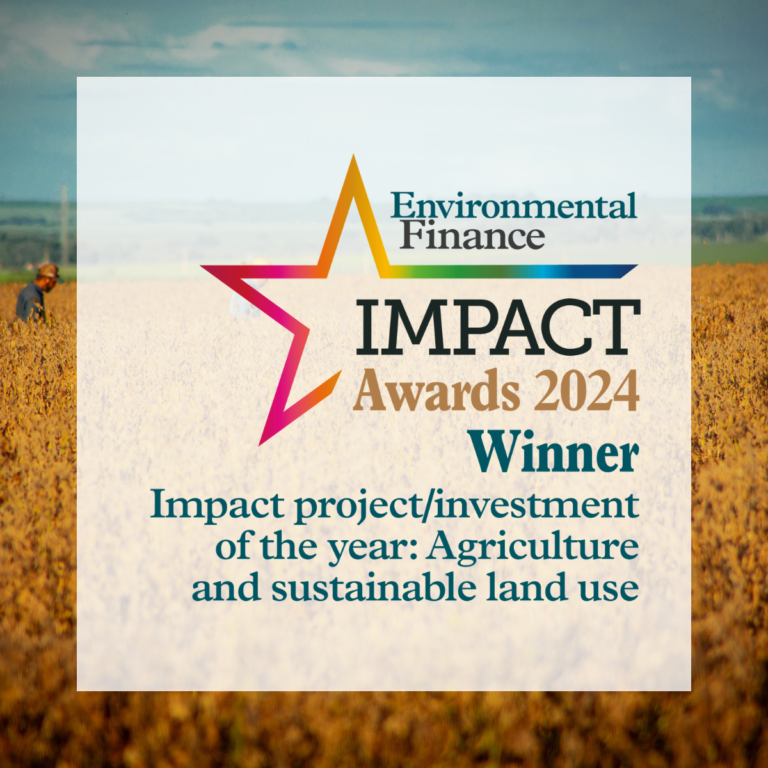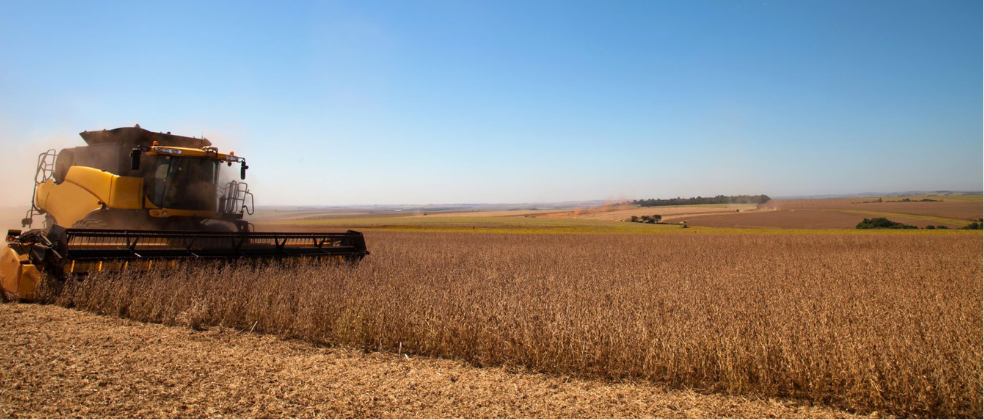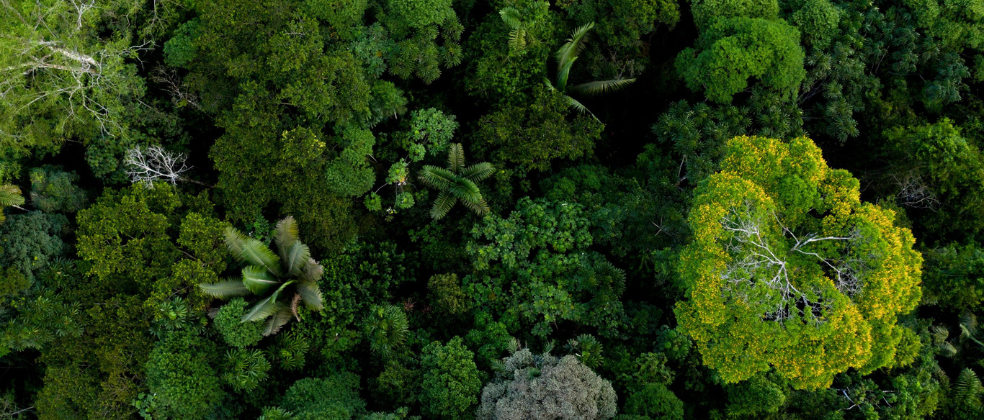We are pleased to announce that the Responsible Commodities Facility has won the Environmental Finance ‘Impact initiative of the year: Latin America and Caribbean’ award.
The awards are judged by an independent panel and seek to recognise and reward the work of impact investors everywhere and highlight emerging pockets of best practice, across all asset classes and all geographies.
RCF founder and SIM Director, Pedro Moura Costa commented, “We are thrilled to accept this award in recognition of the success of the RCF and thank the judging panel and our partners for their support. The RCF is a financially sustainable way of incentivising farmers not to deforest, either legally or illegally, and demonstrates a system change in the way sustainable farming can be financed.”
The RCF was launched in August 2022 with an initial investment of US$11m by Tesco, Sainsbury’s and Waitrose. For the 2023/24 growing season the RCF Cerrado Programme expanded with an investment of US$ 36.24 million from commercial banks Santander, Rabobank, and impact fund AGRI3, thereby leveraging the impact of the initial investment made by the food retailers.





